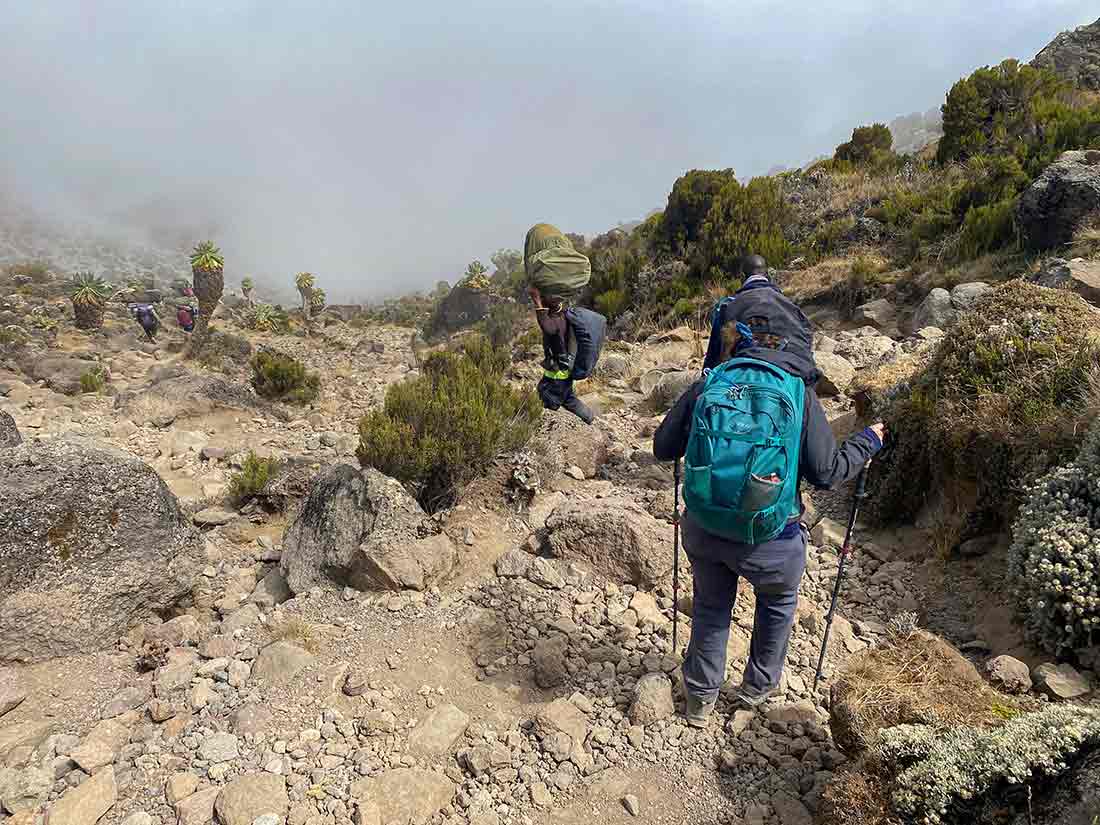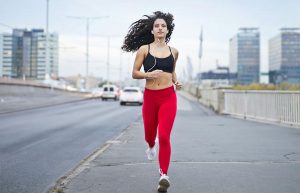If you are an avid hiker you probably don’t need any advice on what socks to wear for a liner under your hiking socks. You probably already have your favorite combination of socks and shoes.
However, if you are new to hiking or trekking, or just open to suggestions then keep reading.
Over the years we have tried many different combinations of socks to make hiking comfortable… well at least for our feet anyway.
Our advice was forged from long “humps” in the Marine Corps. This was followed by many years leading hikes for a local Meetup group.
We have heard from many experienced hikers and have tried many combinations, experimenting with every brand we could find. We did this to not only have a better hiking experience, but to also have a less painful one.
Before we found a good combination we lost many toenails and suffered through many painful miles with hotspots and blisters. We tried holding our feet together with duct tape, Moleskin, and even glue. So trust us, we know how uncomfortable it can be to not have the right socks.
Injinji
One of the suggestions we received from a well-traveled hiker was to try Injinji toe socks. First of all, they definitely are not for everyone and they do take some getting used to. But once you do, there is no going back.
Just because we love Injnji socks doesn’t mean we recommend every style. In this article, we are going to talk about two versions we like and one we don’t.
Injinji does have several styles to choose from including running, hiking, compression, and everyday socks.
About Injinji
Founded in 1999, Injinji is a California-based toe sock company dedicated to the health and performance of feet. Injinji was founded by adventurers that are dedicated to making your feet more comfortable.
You can read more about them here: https://www.injinji.com/
Injinji Specs
The two styles that we are reviewing are the:
- Run Midweight Mini-Crew
- Run Midweight No-Show
Here are the sock specs from the Injinji website.
Product Details
Below-the-ankle freedom and comfort, toe sock blister prevention, and more cushioning – the Run Midweight No-Show is perfect for activities and running on hard surfaces, longer distances, and high-impact gym work. The no-show height has an ankle tab to prevent slipping, and arch support is integrated into the design. COOLMAX® fibers and breathable mesh keep things cool, dry, and comfortable, and our patented five-toe design eliminates skin-on-skin friction between the toes and frees them to splay naturally for a better feel inside any shoe.
Features & Benefits
Arch Support Supportive band that offers a secure and stable fit.
Blister Prevention With each toe protected, skin-on-skin friction is completely eliminated protecting your foot from blisters and hot spots.
Moisture Management Each toe is wrapped in sweat-wicking material so your foot will be drier and therefore more comfortable than in traditional socks.
Total Foot Utilization When your toes are separated and properly aligned, this allows your entire foot to be engaged in any athletic activity.
Mesh Top Provides maximum breathability and ventilation on the top of foot.
Fiber Content Fiber content: 30% CoolMax EcoMade® 67% Nylon 3% Lycra®
Protective Cushion Extra cushioning on the footbed to increase foot comfort.
Further Information
These two styles are the same, except the no-show is just that, it doesn’t show much above the top of the hiking shoe. This is a very important feature when it comes to hiking in areas that have grass burrs, desert vegetation, and cacti. The less sock that shows above the shoe, the less likely it will be that you pick up one of these hitchhikers. They can lead to irritation.

This isn’t as important on Kilimanjaro, because you’ll be hiking on well-groomed, established trails, but there are a couple of little bastards that you can pick up if you venture off-trail to use the facilities.
The part that takes some getting used to is putting on the socks. You can’t simply pull them on like other socks. The way we recommend putting them on is to first put your hand inside and poke all the toes the correct way out.
After that, make sure you have the right sock for the right foot and the left for the left. If you accidentally bring two of the same sock, then just flip one inside out and it works exactly the same.
Once you have them right side out and one for each foot just pull them on and puss the fabric down between each toe. This feeling also takes a bit to get used to.
Our Rating
Overall, these socks are comfortable, fit well, and have enough compression and support to keep our feet from getting fatigued after days of hiking. Both on multi-day and single day long hikes we did not develop hotspots or blisters. We highly recommend these socks for Kilimanjaro.
More of a visual person? Watch the video below.
One of the things that are nice about having individual toes, is that you have a toe that goes partially under another toe. This is an area where you’ll most likely get a blister or hotspot. But with the toe socks, your toes will be separated and alleviate this issue.
Injinji Hiker
The style we don’t recommend is the Injinji Hiker sock. It is too thick. On long downhills, the material tends to get jammed up in between your toes causing discomfort and hot spots.
Final Thoughts
With the midweight Injinji sock we also wear another hiking sock over the top of them. We like the Thorlo Light Hiker or a sock by Darn Tough.
We hope you found a good combination after giving our Injinji toe sock review for hiking Kilimanjaro a read. If not, whatever combination you choose, put several miles on them before heading to Kilimanjaro. This is to get used to them and to make sure they work for you. The last thing you want is to get part way up Kilimanjaro and realize that your feet hurt too badly to continue your trek.







